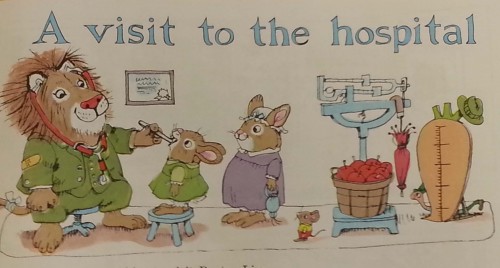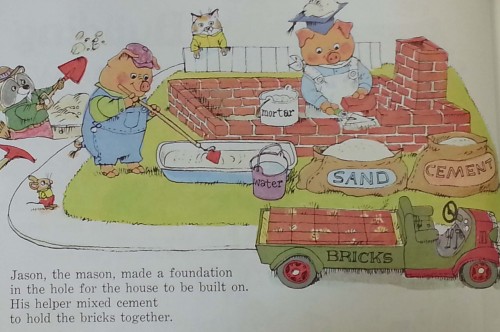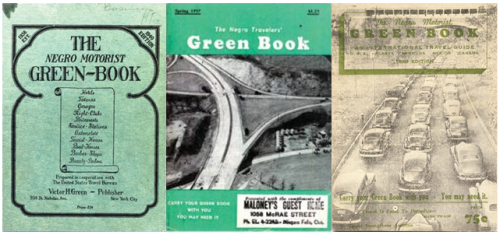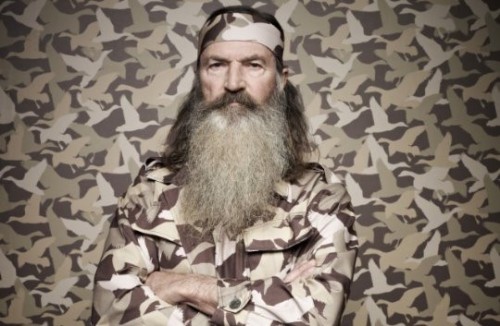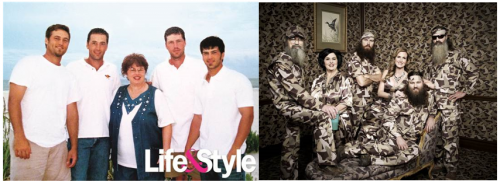We’re celebrating the end of the year with our most read posts from 2013.
Today a jury found George Zimmerman not guilty of second-degree murder. It is widely argued that Florida’s stand your ground statute, which was considered by the defense, and which Zimmerman previously studied in a criminal litigation course, was at play. The statute allows people to use proportionate force in the face of an attack without first trying to retreat or escape. More than 20 other states have such laws.
At MetroTrends, John Roman and Mitchell Downey report their analysis of 4,650 FBI records of homicides in which a person killed a stranger with a handgun. They conclude that stand your ground “tilts the odds in favor of the shooter.” In SYG states, 13.6% of homicides were ruled justifiable; in non-SYG states, only 7.2% were deemed such. This is strong evidence that rulings of justifiable homicide are more likely under stand your ground.
But which homicides?
Ones similar to the one decided in favor of George Zimmerman today. A finding of “justifiable homicide” is much more common in the case of a white-on-black killing than any other kind including a white and a black person. At PBS’s request, Roman compared the likelihood of a favorable finding for the defendant in SYG and non SYG cases, consider the races of the people involved. The data is clear, compared to white-on-white crimes, stand your ground increases the likelihood of a not-guilty finding, but only when a person is accused of killing a black person.
Notice, however, that white people who kill black people are far more likely to be found not-guilty even in states without SYG and black people who kill whites are less likely to be found not-guilty regardless of state law.
It’s simple: We are already biased in favor of the white defendant and against the black victim. Stand your ground laws give jurors more leeway to give defendants the benefit of the doubt. This increase even further the chances that a white-on-black homicide will be considered justifiable because jurors will likely give that benefit of the doubt to certain kinds of defendants and not others. Stand your ground may or may not be a good law in theory but, in practice, it increases racial bias in legal outcomes.
It is contested whether stand your ground played a role in this case, Media Matters offers strong evidence to suggest that it did. Cross-posted at Ms., PolicyMic, Pacific Standard, and Global Policy TV.
Lisa Wade, PhD is an Associate Professor at Tulane University. She is the author of American Hookup, a book about college sexual culture; a textbook about gender; and a forthcoming introductory text: Terrible Magnificent Sociology. You can follow her on Twitter and Instagram.



